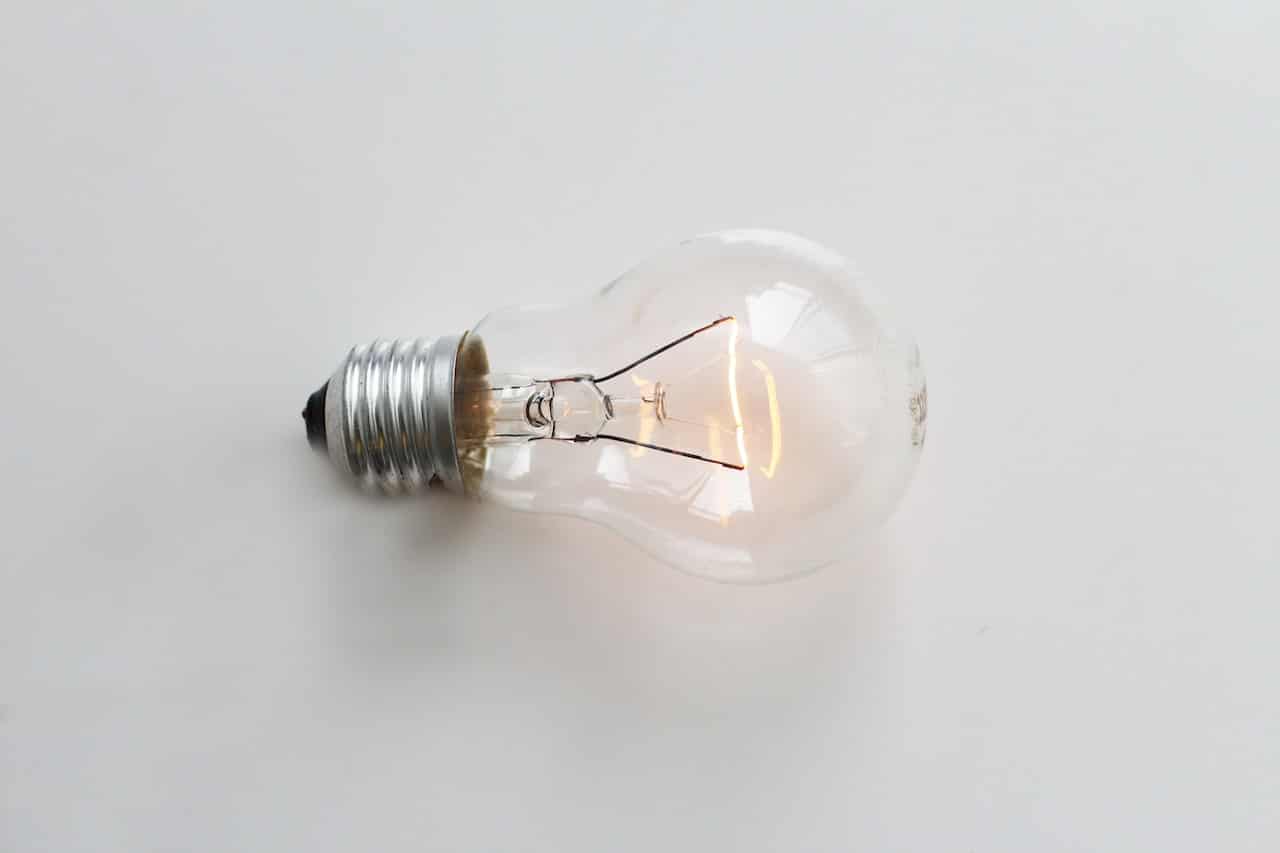Personal installment loans are versatile and convenient. Approximately 19.1 million consumers currently have unsecured personal loans.1 But in order to get a personal loan, you need certain documentation.
Below you will find everything you need to know about unsecured and secured personal loan documents. In addition, you’ll find some information on the personal loan application process, and what it means to be financially stable.
What Are The Standard Documents You Need For a Loan Application?
The application process for most personal installment loans will require the following documents:
Identification Documents
Most lenders will ask for government issued-identification to verify your identity. Documents like driver’s licenses, passports, state IDs, or military IDs are a few examples. Keep in mind that whatever form of identification is used, it must be up to date.
Proof of Income
When an applicant has been employed, documents such as pay stubs may be used to verify income. If you don’t have a job, use documents like letters of income, reward letters, bank statements, or income tax returns. The list of acceptable alternative documents, such as income tax returns, vary by lender.
Proof of Address
Lenders will need proof of address to be able to contact you if needed. Acceptable forms of documents that can be used for address verification are utility bills, your voter registration card, a copy of a lease or mortgage agreement, bank statements, pay stubs, and accepted forms of mail. Many lenders may ask for at least two forms of these documents.
References (Sometimes)
A financial institution sometimes asks for a few references to verify any information from above. People such as employers and landlords may be contacted.
A Completed Loan Application
Lastly, a personal lender will ask for a completed application. Most personal loan applications will need information on income, contact information, and desired loan amount. You’ll also need your Social Security number or a taxpayer identification number to check your credit score and credit history.
A Secured Loan vs. an Unsecured Loan
It’s important to know the difference between unsecured vs secured debt.
| Feature | Secured Personal Loan | Unsecured Personal Loan |
| Collateral Required | Yes | No |
| Interest Rate | Generally Lower | Generally Higher |
| Loan Amount | Often Higher | Often Lower |
| Loan Approval Process | Maybe More Rigorous | Maybe Less Rigorous |
| Risk to Borrower | Risk of Losing Collateral | No Risk of Losing Collateral |
| Credit Score Requirement | Maybe More Flexible | Often Requires Good Credit |
| Repayment Terms | May Offer More Flexibility | Maybe More Strict |
| Use of Funds | Maybe Restricted | Usually No Restrictions |
| Availability | Maybe Less Common | More Commonly Available |
Unsecured loans do not involve an asset, and because of this, a borrower will need to have good credit to get approved. On the other hand, secured personal installment loans require collateral in the form of an asset and can be viable for those with less-than-fair credit.
With secured loans, a lender can rely on the value of the involved asset to make up for the risk they are taking when working with an individual whose FICO score isn’t established yet or needs some repair. However, those with subprime credit may find that their personal loan rates are higher than those whose credit scores are higher. But personal loan rates can be low for individuals that have excellent credit.
When an asset is involved, an applicant will need to provide certain documents related to its ownership. For example, if the asset involved is a vehicle for a title loan, you will need to provide documentation such as the car’s title and up-to-date registration. Or, when a piece of real estate is involved as collateral, the lender will need the title to the home.
And so when applying for secured personal loans, most lenders will ask an inquirer to have additional documentation.
Why Do I Need to Provide All This Personal Information With These Loans?
Lenders will ask for the documents listed above because they will have to verify a few critical pieces of information:
- Identity — To ensure no identity theft occurs or misinformation is presented, a lender will need your photo ID.
- Contact Information — One of the most critical pieces of information for a lender is your contact information. Not only is this important for the borrower to keep updated with loan payments, but for a lender, if the loan has defaulted, this is their only starting point for getting their funds.
- Ability to Repay the Personal Loan — Your income going into a loan agreement is a massive part of the approval process. Personal loan lenders need employer and income verification to verify you can repay the loan on time. And so, getting a look at your credit history will help the lender determine your income-to-debt ratio and the risk they are taking.
- Your Financial Habits — Because a credit score encompasses variables like payment history and the amount of financial experience a potential borrower has, it will help a lender assess eligibility, interest, and personal loan amount.
What Personal Loan Documentation Do I Need If I Have a Cosigner?
Many people whose credit isn’t in the best shape or doesn’t meet the minimum income requirement for a personal loan may want to add a co-signer to their loan. A co-signer adds security for the lender and ensures that another person will pay the loan back if needed.
A co-signer is usually a friend or family member that is willing to sign up to repay the loan in the instance that the primary borrower cannot make their monthly payment(s) or repay the loan altogether.
In some cases, a co-signer may get their application after the primary borrower has provided all the necessary paperwork. Lenders will expect co-signers to give some of the same documents as the primary borrower:
- A government-issued photo ID
- Proof of income
- Proof of residency
- References
Additionally, the co-signer will have to agree to be responsible for the personal loan if the borrower cannot repay the loan.
A cosigner loan could help borrowers improve their credit score and, in the future, secure a more considerable loan amount and have access to other types of lending such as auto loans, student loans, and mortgages.
How Can I Make Sure My Personal Loan Paperwork Is Secure When Filling out a Loan Application?
If you’re looking for a personal loan, you will find most lenders in person or online. When providing documents for your personal loan application, it will be essential to make sure those documents are handled safely.
If you’re applying for a personal loan through a hard copy of documents, verify that copies of any sensitive information are shredded or filed securely.
And when filling out a personal loan application online, make sure that the lender is reputable and trustworthy. Once that is done, look into whether their website is encrypted, along with the security of any email servers they may have. Not only will applying with an unsecured lender be a risk but also things like making payments with an unprotected lender could pose risks to your information.
How Can I Get the Best Loan Terms on a Personal Loan?
There are steps you can take to get the best personal loan terms. Securing low-interest rates and convenient repayment terms can help you save money and reduce your financial stress. Learn how you can get the best loan offer below.
Improve Your Credit Score
Your creditworthiness can greatly affect the loan terms you are able to get. Consumers with high credit scores almost never have issues getting the best interest rates and maximum loan amounts. If you have bad credit, know that building good credit is possible!
Make Timely Payments
Your payment history counts for 35% of a FICO score, which is the credit score most creditors look at when making approval decisions. But avoiding late payments for long periods can help you boost your credit rating.
Reduce Your Debt
Having too much outstanding debt can limit your loan options. Your debt-to-income (DTI) rate is a good measure of your financial status. You can calculate your DTI rate by using online financial calculators.
Check Your Credit Reports
All three of the major credit bureaus provide free reports every 12 months. It’s important to check your credit reports annually for inaccurate information. According to the Federal Trade Commission, 5% of consumers had errors on one of their credit reports that could lead to them paying more for products such as auto loans and insurance.2 If you find an error, you can file a dispute with the credit bureau.
Increase Your Income
Increasing your income may help you get better terms on a personal loan. If you earn sufficient money, lenders will feel more confident lending you higher loan amounts. Learn how you can increase your earnings below.
Ask for a Raise
Most people receive annual increases, but it’s possible to receive a raise by simply asking for one. It may be a good idea to ask for a raise when you nail a performance review, make a significant achievement, or take on additional responsibilities.
Reduce Your Expenses
Reducing your recurring monthly expenses may help you get more money in your pocket. Make a list of your expenses to determine where you can save money. For example, you may be able to cancel a gym membership or reduce your water/electricity consumption.
Get a Side Hustle
Getting a side hustle can help you increase your income. There are various side jobs you can do, depending on your skill set and schedule, such as:
- Walking dogs
- Becoming a rideshare driver
- House sitting pets
- Helping people move
- Deliver takeout orders or groceries
What Can You Use a Personal Loan For?
Below are some of the common uses for these loan products:
- Monthly bills and payments
- Large purchases
- Educational purposes
- Loan Refinancing
- Credit card payments
- Trips or recreation
- Medical emergencies
- Funeral expenses
- Vet bills or medical bills
Online personal installment loans are sought out because they are readily available from many financial institutions. As a result, an applicant may be approved regardless of being self-employed, a freelancer, or having a traditional form of employment.
Frequently Asked Questions About Personal Loan Documentation
Your credit score is a vital part of the personal loan application. If it changes significantly during the process, it could affect the terms of your personal loan agreement. Always strive to maintain good financial habits to keep your credit score stable.
Yes, you can apply for personal installment loans even with irregular income. Lenders will typically look at bank statements and other proof of income to understand your financial stability. Having a steady monthly income is preferred, but a strong credit history can also support your application.
When applying for personal installment loans, it’s essential to consider your monthly income and expenses to ensure that the loan payments will be manageable. Use online calculators or consult with a financial advisor to understand what monthly payments you can comfortably afford.
If you don’t have traditional proof of income like pay stubs, you can often use bank statements, tax returns, or other documents that demonstrate a steady monthly income. Talk to your lender about what they will accept, as requirements can vary.
The ability to prepay loan payments without penalties depends on your loan agreement. Most personal loans allow prepayment without extra charges, while other loan options may have fees. It’s essential to read the terms carefully or ask your lender directly.
Applying for multiple personal loans in a short period can impact your credit history, as each application typically involves a hard inquiry on your credit report. It’s wise to research options and choose a lender that fits your needs before applying to minimize the impact on your credit score.
Missing a loan payment can have consequences on your credit score and may result in additional fees. It’s essential to understand the terms of your loan agreement and communicate with your lender if you anticipate difficulties with payments. Many lenders offer solutions to help you stay on track.
CreditNinja: What To Know About Personal Loan Documentation
Personal loans can make money available quickly, sometimes on the same day, and that money can be used for various expenses. When applying for a personal loan, most lenders will ask that you provide several documents. Some of these will be used to give the lender a chance to gauge the risk of lending to you.
At CreditNinja, we do not usually require documentation. Our quick online process is streamlined for your convenience. We understand that emergencies require speedy solutions, so that’s why we aim to reduce the time it takes for you to get online loans. For more information on how to take out a loan and other personal finance topics, check out our free resource blog.
References:







